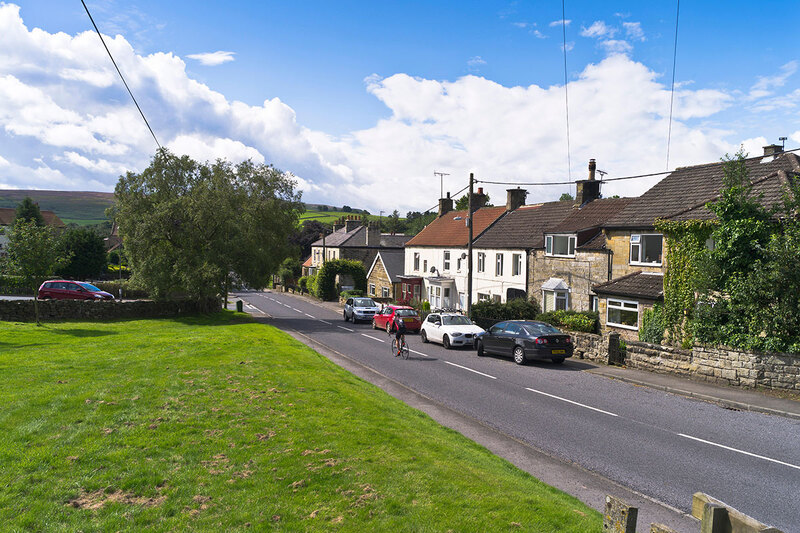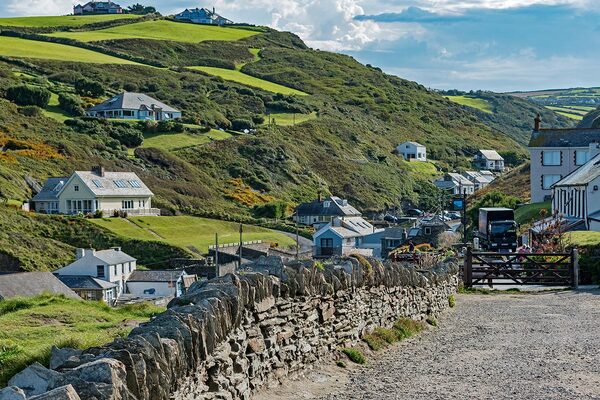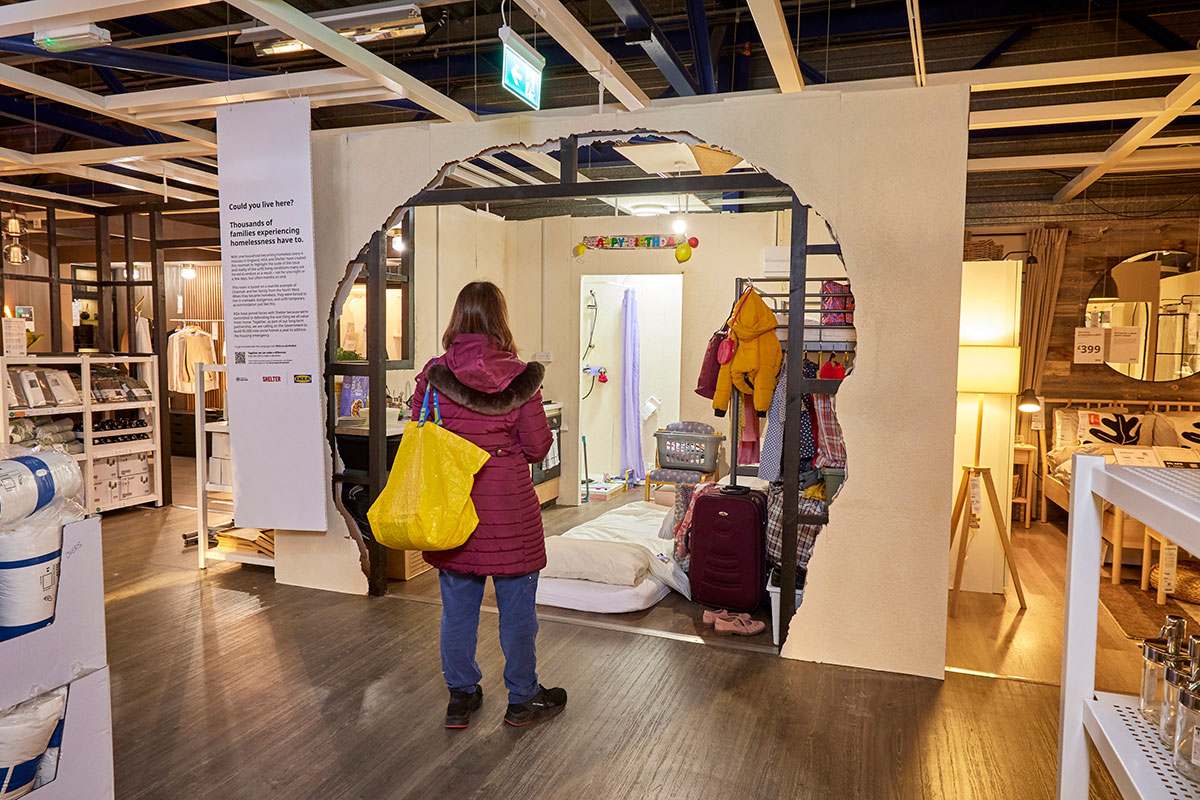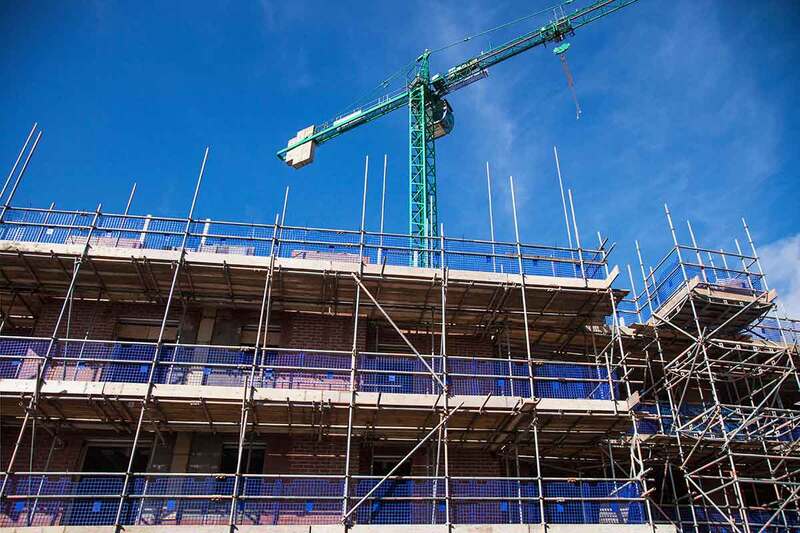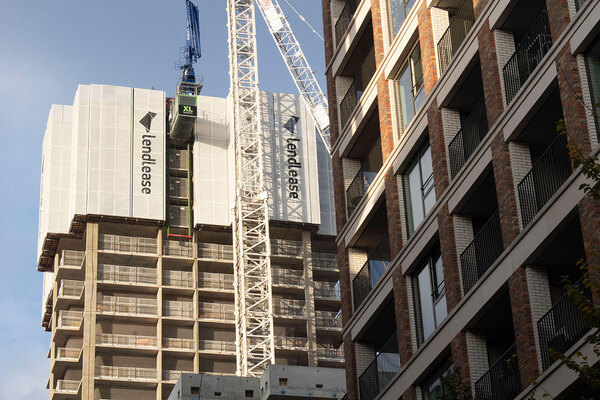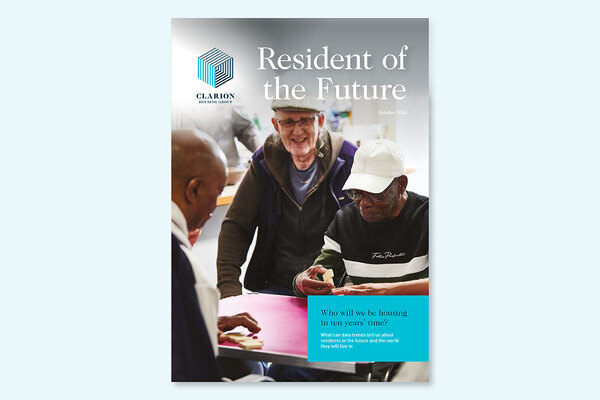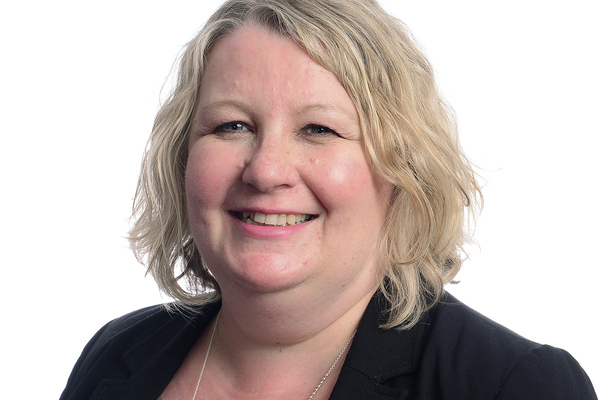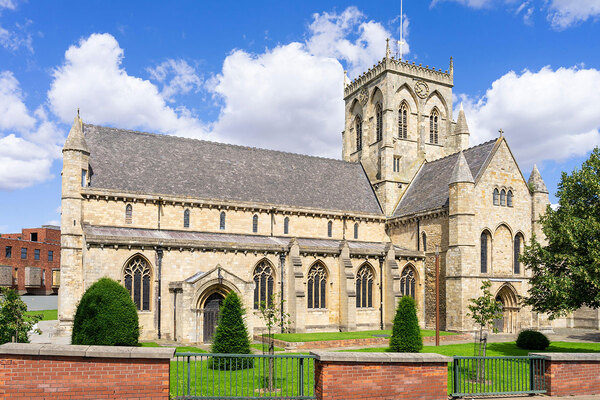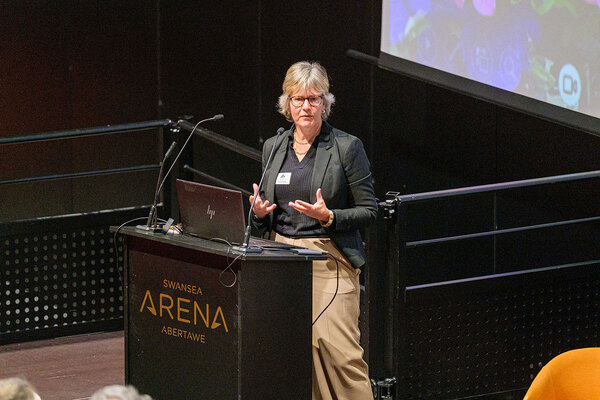You are viewing 1 of your 1 free articles

Nick Atkin is chief executive of Yorkshire Housing
Why the survival of our rural communities depends on a long-term plan for housing
The York and North Yorkshire Housing Partnership is today revealed as the latest backer of Inside Housing’s Build Social campaign. Its chair, Nick Atkin, argues that rural communities face an existential threat without urgent action

It’s widely accepted that we are in a housing crisis. Put simply, we’re failing to build enough homes to keep up with demand. This is compounded by a sharp decline in the number of affordable homes.
The only solution is a long-term plan for housing which includes building thousands more affordable homes every year. That’s why the York and North Yorkshire Housing Partnership (YNYHP) is backing the #BuildSocial campaign.
In January this year, 23 housing associations came together to form the partnership and set out how they can work with the new combined authority and the York and North Yorkshire councils to take a strategic approach to delivering the affordable homes the region so desperately needs.
The York and North Yorkshire devolution deal agreed by the government in August last year gives the region new powers to help boost local regeneration and build more affordable homes. Over £13m will be made available to build new homes on brownfield land and £2.65m will help support the delivery of low-carbon affordable homes.
The housing crisis across the country varies massively in scale from region to region. In rural areas, such as North Yorkshire, the problem is particularly acute – 45% of the region is classed as rural compared to just 17% in England. The number of people waiting for a home has risen by 25% over the past five years and in some areas, the number of people waiting has increased by as much as 66%.
It’s easy to see why when you look at how unaffordable some parts of North Yorkshire are. You now need nine times your annual income to buy a home there and the region has 6% less affordable homes than in other parts of the country. Rising property prices and rents have created a disparity between housing costs and income, making it increasingly difficult for a large proportion of the population to secure a suitable home.
In some places, median workplace earnings are more than 20% below the national average and in some areas the affordability ratio, which is calculated by dividing house prices by workplace earnings, is as high as 10.7, much higher than the national average of 8.1. These Office for National Statistics figures show how unaffordable the homeownership market is in parts of North Yorkshire. And the lack of affordability isn’t just affecting low-income families – it’s also hitting young professionals and key workers.
If we don’t build the right homes, in the right place, we risk driving the people who contribute to our rural communities away and failing to attract people to live and work in the area, threatening their entire existence.
Then there’s the issue around holiday homes and private lets. North Yorkshire has 8,199 second homes, the highest number of second homes in the Yorkshire and Humber region. This is undermining the availability of housing for local communities, as well as inflating property prices.
One of the ways to increase the availability of housing could be to increase council tax on second homes. In fact, the government’s Levelling Up and Regeneration Bill includes proposals to allow the introduction of a new discretionary council tax premium on second homes of up to 100%. Several local authorities, including Cornwall Council, have already agreed the changes subject to the legislation being passed, although it’s expected any changes won’t take effect until 2025.
The plans by North Yorkshire Council to tackle second home ownership by doubling council tax on second homes is really welcome, but it’s uncertain what impact the new rules will have on the availability of housing locally.
In rural areas, striking the balance between building more homes and preserving the natural environment is a delicate task. North Yorkshire spans two national parks, so any long-term housing plan would need to provide a framework that will not only address the housing needs of the local population but also protect the rural charm and character that defines the region and makes it so unique.
In many rural areas, a significant number of homes are off the gas network and rely on solid fuel to keep warm. North Yorkshire is no different. It’s estimated that over 26,000 households are in fuel poverty across the region, which contributes to more than 400 excess winter deaths every year. The government wants all homes to achieve at least Energy Performance Certificate Band C by 2035, so creating a long-term housing plan to decarbonise existing homes and make them warmer is equally vital.
Housing associations are already leading the way when it comes to making homes more energy efficient. Homes across the UK are a major contributor of carbon emissions and those in North Yorkshire are among the least energy efficient in the country. Housing associations and councils are already committed to reducing carbon emissions and meeting government targets. They can help North Yorkshire reach net zero by 2034 and many are already using low-carbon solutions, such as air source heat pumps and solar panels with battery storage to reduce the energy needs of new and existing homes.
But a longer-term plan is needed. Only with this can we proceed with the certainty and confidence everyone needs. The current short-term, stop-start funding approach is delivering piecemeal results. Having a strategic approach to energy efficiency upgrades is something I talked about in my latest Inside Housing article.
The crisis that so many of our rural communities are facing serves as a reminder of what happens when the housing market fails to meet the needs of the local population. That’s why we need a long-term plan to build the homes people need, where they need them, as well as improving their energy efficiency so the people living in them to continue to thrive.
Ensuring people have access to affordable homes isn’t just about making things convenient. It’s a vital step towards boosting economic growth, job creation, local resilience and safeguarding the future of our local communities for generations to come.
By working together through the York and North Yorkshire Housing Partnership, housing associations can make a valuable and significant contribution to improve the housing offer across the York and North Yorkshire region.
Nick Atkin, chief executive, Yorkshire Housing, and chair, York and North Yorkshire Housing Partnership
Sign up for our development and finance newsletter
Already have an account? Click here to manage your newsletters
